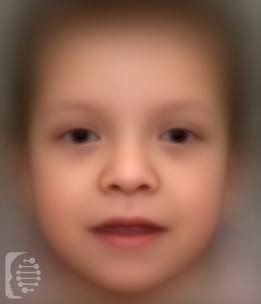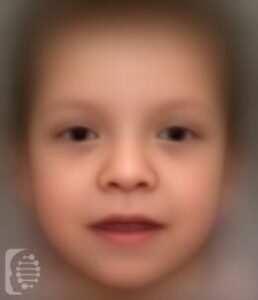What is Cardiofaciocutaneous syndrome?
Cardiofaciocutaneous syndrome is a rare genetic disorder that presents with very distinct facial characteristics and a wide range of health conditions that affect the skin and hair of individuals affected. Heart defects are also common with the syndrome.
Also known as CFC syndrome.
It belongs to the RASopathies group of conditions distinguished by their genetic causes and features. Other syndromes within this group include Costello and Noonan syndrome.
What gene change causes Cardiofaciocutaneous syndrome?
The syndrome occurs due to mutations of the following genes: BRAF, MAP2K1 (MEK1), MAP2K2 (MEK2), KRAS. The mutations are believed to be mainly spontaneous and not inherited.
In some cases, a genetic syndrome may be the result of a de-novo mutation and the first case in a family. In this case, this is a new gene mutation which occurs during the reproductive process.
What are the main symptoms of Cardiofaciocutaneous syndrome?
The main symptoms of the syndrome are global developmental delay and intellectual disability.
Feeding problems are also common which in turn triggers a failure to thrive.
Congenital heart defects are another common symptom of the syndrome, specific heart defects associated with the syndrome may include pulmonic stenosis, atrial septal defect, and hypertrophic cardiomyopathy.
Issues with the eyes, vision, and sight are also common.
Physical features of the syndrome include a prominent forehead, an abnormal narrowing of both sides of the forehead, a short nose, and little or no eyebrows and eyelashes.
Individuals with the syndrome are also characterized by their sparse, brittle, and curly hair. Many individuals suffer from skin conditions ranging from dry skin to more severe hyperkeratosis.
How is it diagnosed?
To find out if someone has a diagnosis of Cardiofaciocutaneous syndrome, it is important to have a consultation and evaluation with a clinical genetic specialist. Specialists may also suggest specific genetic testing or other types of tests to help reach a diagnosis. FDNA’s AI technology can help speed up the diagnostic process by analyzing facial features and other health information.


